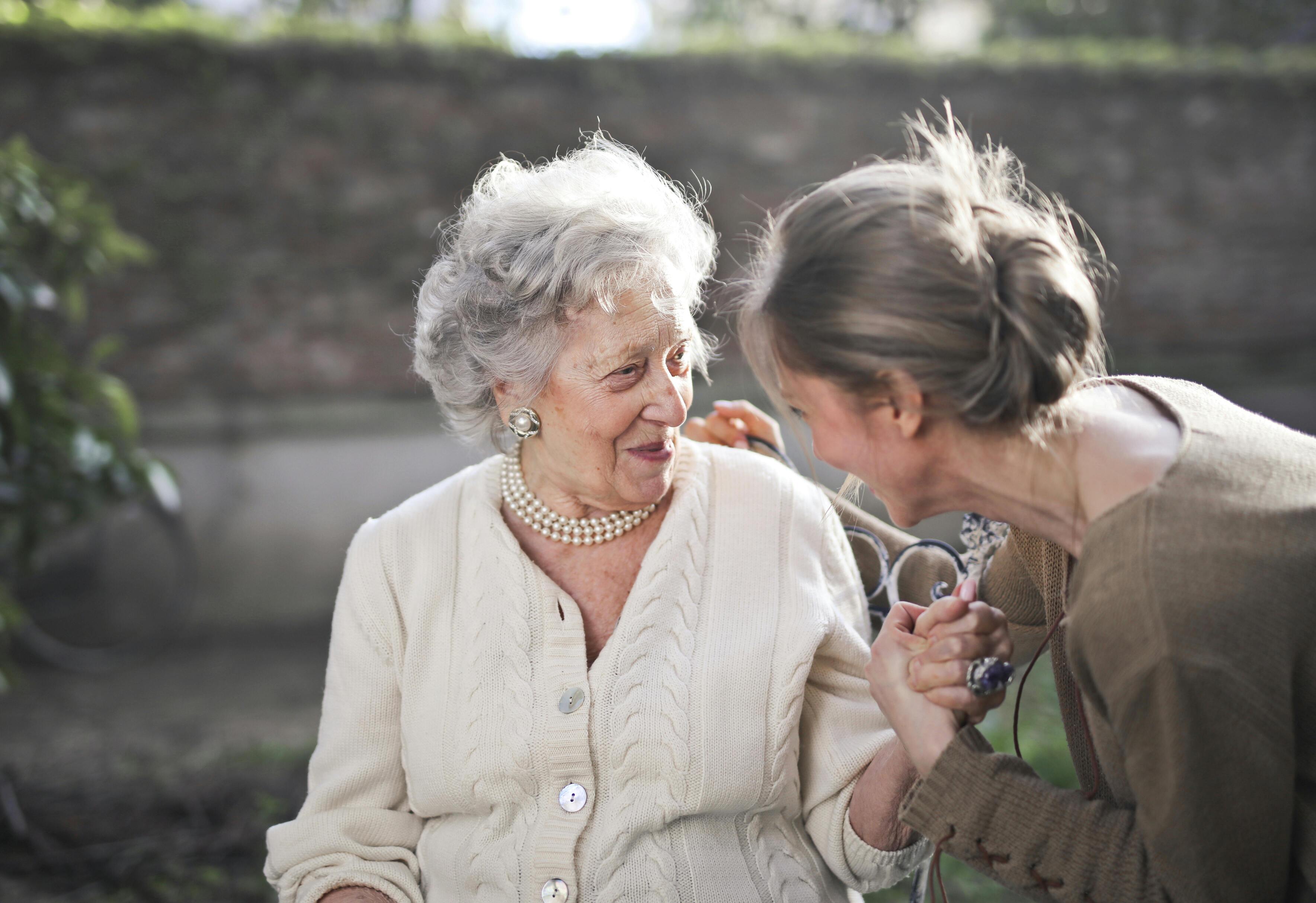In our daily interactions, verbal communication is just one part of how we convey messages. Non-verbal communication, which includes body language, facial expressions, and tone of voice, plays an equally important role in how we connect with others. In this article, we'll explore what non-verbal communication is, why it's crucial, and how emotional awareness can enhance our understanding of non-verbal cues. We'll also highlight practical examples and real-life applications to help you better understand and use these signals in your interactions.
🚀 Navigate This Post
- ➤ Part 1: Understanding Non-Verbal Communication
- ➤ Part 2: How Does Non-Verbal Communication Enhance Our Interactions?
- ➤ Part 3: Examples and Practical Use of Non-Verbal Communication
- ➤ Part 4: The Importance of Integrating Non-Verbal and Verbal Communication
- ➤ Part 5: The Role of Non-Verbal Communication in Different Settings
You may also be interested in:
- Tinnitus and Hearing Loss: What’s the Connection?
- Connect Hearing Aids to Bluetooth in Seconds
- Comprehensive Guide: Everything You Need to Know about Hearing Aids
Part 1: Understanding Non-Verbal Communication
Non-verbal communication is an integral part of how we interact with others daily. While words help us convey messages, our gestures, facial expressions, and tone often tell a deeper story. In this section, we'll take a closer look at what non-verbal communication is and explore its different types to better understand its importance in daily life.
1. What Is Non-Verbal Communication?
Non-verbal communication refers to the transmission of messages or information through non-verbal means. This includes facial expressions, gestures, eye contact, and body movements. Research suggests that non-verbal cues account for up to 93% of communication, meaning that much of what we communicate is not through words but through these other signals. When we want to express emotions or attitudes, non-verbal communication often conveys more information than words alone.

At Cearvol, we understand that while non-verbal communication is important, verbal communication also plays a significant role in effective interaction. If you're looking for a way to enhance your verbal communication, our best bluetooth rechargeable hearing aids offer an excellent solution. With clear hearing, you can engage more easily in conversations and better connect with those around you.
2. The Types of Non-Verbal Communication
There are various types of non-verbal communication that we use to express ourselves. Here are some common types:
- Facial Expressions: These are powerful signals of our emotions, such as smiling, frowning, or showing surprise.
- Gestures: Simple movements like waving, giving a thumbs-up, or crossing your arms can convey specific meanings.
- Posture: How we sit, stand, or lean forward can communicate openness, defensiveness, or confidence.
- Eye Contact: The amount of eye contact we make can indicate attentiveness, interest, or discomfort.

Diamond X1 - Best Hearing Aids with Bluetooth
Newcomer Price
$249.99 $309.99
- ✔ Adaptive sound modes for clear hearing.
- ✔ Bluetooth for calls & streaming.
- ✔ App-controlled, customizable adjustments.
- ✔ Rechargeable & fast charging.
- ✔ Ideal for mild to moderate hearing loss.
Part 2: How Does Non-Verbal Communication Enhance Our Interactions?
Non-verbal communication is not just about conveying information; it's also about enhancing our interactions, particularly when it comes to emotional communication. Emotional awareness is key to interpreting non-verbal signals effectively.
1. How Does Emotional Awareness Help You with Non-Verbal Communication?
Emotional awareness involves recognizing and understanding emotions in oneself and others. This skill helps us better interpret non-verbal cues. For example, someone may smile, but if their body language appears closed off, emotional awareness can help us sense that they may not be comfortable. By recognizing these subtle signals, we can deepen our understanding and connection during interactions.

2. Why Is Non-Verbal Communication Important?
Non-verbal communication is crucial for building trust and understanding in relationships. Without words, we rely on facial expressions, gestures, and eye contact to convey our feelings. Research shows that non-verbal signals often reveal more about a person's true intentions than their words. Whether in personal relationships or professional environments, non-verbal communication is a vital tool for understanding others' thoughts and emotions.
Part 3: Examples and Practical Use of Non-Verbal Communication
You may be wondering, "What are 5 examples of non-verbal communication?" Here are some common examples of non-verbal communication:
In everyday life, we use a variety of non-verbal signals to convey meaning:
- Body Language: This includes how we stand, sit, or gesture, such as crossing our arms to signal defensiveness.
- Facial Expressions: Smiling, frowning, and raised eyebrows are all ways to express emotions.
- Eye Contact: Maintaining eye contact usually signals attentiveness and engagement, while avoiding it can suggest discomfort or avoidance.
- Touch: A reassuring touch on the shoulder or a handshake can convey empathy and connection.
- Proximity: The distance between people can signal intimacy or discomfort. Being aware of this helps in social and professional settings.
Part 4: The Importance of Integrating Non-Verbal and Verbal Communication
Verbal and non-verbal communication should not be viewed as separate. They need to work together to be effective. A combination of verbal language and non-verbal cues creates a stronger message.
When verbal and non-verbal communication align, the message becomes clearer and more impactful. However, when they are out of sync, misunderstandings can arise. For instance, if you say comforting words but your tone is harsh, the non-verbal cue may contradict the verbal message. Being mindful of both verbal and non-verbal communication ensures that your message is clear and consistent.
For more on improving your verbal communication and aligning it with non-verbal signals, check out our comprehensive guide.
Part 5: The Role of Non-Verbal Communication in Different Settings
The role of non-verbal communication extends beyond personal relationships—it's equally important in professional and social settings.

1. Non-Verbal Communication in Social Settings
In social interactions, non-verbal communication plays a significant role. A warm smile or an open posture can instantly create a friendly atmosphere, while closed body language or avoiding eye contact can create distance.
2. Non-Verbal Communication in Professional Settings
In professional environments, non-verbal communication helps convey confidence and professionalism. A firm handshake, upright posture, and eye contact can leave a positive impression during meetings or interviews.
Conclusion: Enhancing Your Communication Skills
Mastering non-verbal communication can enhance your relationships and improve how you connect with others, both personally and professionally. By developing emotional awareness and understanding non-verbal signals, you can become a more effective communicator.
If you're interested in improving your communication skills, consider exploring the best OTC hearing aids, which provide a clear hearing experience, supporting effective communication in various settings.








Leave a comment
All comments are moderated before being published.
This site is protected by hCaptcha and the hCaptcha Privacy Policy and Terms of Service apply.